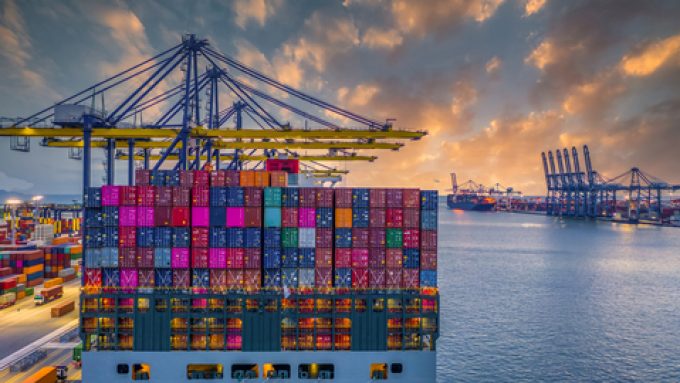Tradelanes: Overcapacity on Asia-S America impacting alliances and rates
Carriers on the Asia-west coast South America trade appear to be on the verge of ...

There were further double-digit increases in container spot freight rates this week, after a series of general rate increases and other surcharges came into effect on 1 June, a day or two after last week’s indices were published.
Drewry’s World Container Index (WCI) recorded week-on-weeks gains ...

Comment on this article